Review: LeEco LePro3
Nov 14, 2016, 3:45 PM by Eric M. Zeman
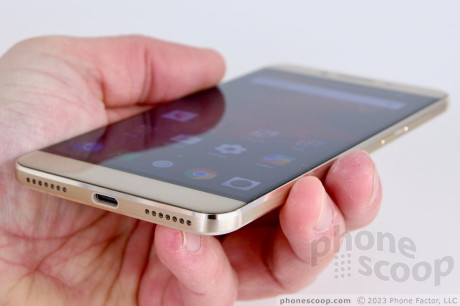
The LePro3 from LeEco is a flagship-class device that costs hundreds of dollars less than today's top phones, and yet it delivers almost-as-good performance. This unlocked Android Marshmallow smartphone works on AT&T and T-Mobile's LTE 4G networks and carries a bevy of video content apps. Find out what's great and what's not in Phonescoop's full review of the LeEco LePro3.
Hardware
Is It Your Type?
LeEco is a Chinese phone maker looking for its first big break in the US market. The LePro3, a premium metal-and-glass Android handset, could be phone that gives it a toehold with US buyers. This inexpensive smartphone offers plenty of style and substance in an affordable package. If you're living LeUnlocked Life, LeEco's LePro3 offers lots to like.
Body
LeEco's first foray into the US is the LePro3. The LePro3 is a premium smartphone, but it's hardly a unique smartphone. It offers metal unibody construction with flagship-class specs and, shall we say, a familiar design. LeEco appears to have drawn at least some inspiration from Huawei, Asus, and other Asian Android phone makers in crafting the Pro3. I'd call the design almost generic.
The Pro3 has a metal chassis that forms the entirety of the rear panel and wraps around to form the sides as well. It's polished to a shine along the edges and I genuinely like the reflective chamfers. The metal rear panel has a brushed finish that's coated in a thin veneer of something akin to lacquer. From some angles it almost looks as though it might be sticky to the touch (it isn't).
I'd say the Pro3 is an average size for a device with a 5.5-inch display. It's in line with phones like the OnePlus 3 and ZTE Axon 7, which have the same screen size. LeEco did a decent job in minimizing bezel thickness. It's fairly easy to use one-handed, but I think many people will find it easier to use with two hands. The phone is slim enough (7.5 mm) that you shouldn't have any trouble storing it in your pocket.
The materials and build quality are very, very good. The metal pieces are all joined snugly and the glass front panel is fitted into the frame tightly. The lacquer-y finish and strength of the metal chassis gives the Pro3 a strong, flagship feel. The phone doesn't feel cheap in the least.
Matching metal bezels above and below the display define the screen's dimensions. The side bezels are incredibly thin, which I appreciate. The black 2.5D glass is curved near the seam where it joins the sides of the metal chassis. It is fitted in perfectly. The sensors surrounding the speaker are symmetrical, which I appreciate. Capacitive controls (multitask, back, home) are hidden in the bezel below the display. They light up and become visible only upon being touched, and function well. The home button is LeEco's logo, which is kind of neat.
You'll find two hardware buttons tucked into the right edge of the phone. The upper button is the volume toggle and the lower button is the screen lock key. The profiles are rather slim, but the buttons offer decent travel and feedback. It would help if the screen lock key had a slightly different texture to it to set it apart from the larger toggle. Thankfully LeEco carved out a rather deep channel between the buttons; this helps you discern where one ends and the other begins. LeEco put the SIM tray in the left edge of the phone. The tray does not accommodate memory cards.
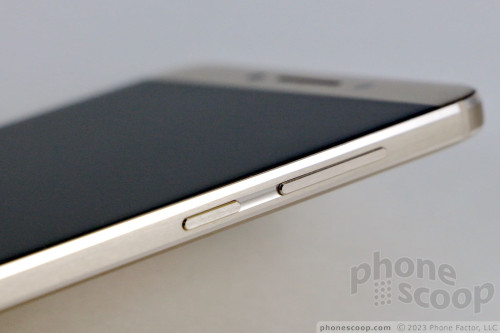
A small, black sensor and even smaller microphone hole are the only two elements interrupting the otherwise smooth metal of the top edge. The Pro3 uses a USB-C connector and includes a speaker. Both are on the bottom edge. I like that LeEco drilled an even number of holes into the bottom edge. Symmetry is always appealing. There is no headphone jack.
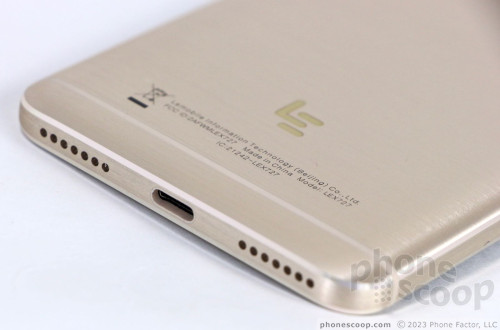
I'd call the rear panel a bit plain. It's a nearly flat metal surface that has little character going for it. The back curves just a small amount right as it reaches the side, top and bottom edges. The fingerprint reader stands out more than anything else thanks to its mirror-like reflectiveness. In fact, you can practically use the fingerprint sensor to check your hair or makeup. The reader is a cinch to find and use without looking as it is indented a bit from the rear surface. You'll notice the large, squircle-ish camera module above the fingerprint reader. The module is rather sharp along the edge, where the thin chamfers don't help smooth out the metal quite enough. Antenna lines run side-to-side across the rear panel.
The unibody design means the chassis cannot be opened and the battery is inaccessible.
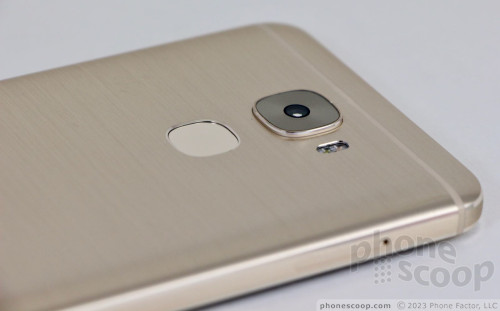
As far as the hardware goes, the LePro3 is a fine phone. The design isn't the most inspiring I've seen, but it's a classy bit of kit that doesn't look, feel, or behave cheap. It matches its price point well.
Screen
Unlike many of its competitors, the LePro3 does not have a quad HD screen. Instead, LeEco picked a full HD (1920 x 1080 pixel) panel to fill out the 5.5-inch display. It's a decent screen and I'm not complaining, merely pointing out that some phone makers offer more bang for the buck. I'd call the Pro3's display sharp, bright, and colorful. The resolution is certainly adequate for normal use like email, social networks, video, and so on. I was really pleased with HD content I streamed from YouTube. The VR experience does suffer a bit, however, without a greater number of pixels. Brightness is good for indoor and outdoor use, though the auto-brightness tool isn't as quick as I'd like it to be. I found myself manually adjusting the brightness up when stepping outside. Colors are accurate, which I appreciate, and viewing angles are pretty good, too.
Signal
The LePro3 is sold unlocked with decent support for US LTE Bands (2, 4, 5, 12, and even AT&T's 29 and 30.) You can use it on the networks of AT&T and T-Mobile, and their prepaid brands, Cricket and MetroPCS, respectively. I tested it on both AT&T and T-Mobile around NYC and it worked very well.
Calls connected on the first dial consistently. The phone didn't drop any calls at highway speed on AT&T's network, but did on T-Mobile's. This is on par with other phones I've tested on AT&T and T-Mobile over the same course. The phone did miss at least one call on each network when under weak coverage. This is also fairly typical. As far as data performance goes, LTE was quick across the board. The Pro3 offered more consistently speedy data on AT&T's network, but reached higher peaks and valleys on T-Mobile's. All you need to know is that the Pro3 had no trouble streaming HD video and high bit-rate music over LTE.
Sound
LeEco assembled a fine voice phone in the Pro3. Calls made normally via the earpiece were crystal clear. Voices sounded warm and present during calls. Clarity was very, very good, but I wish the earpiece produced a bit more volume. Those I spoke to through the Pro3 said I was "very loud" to their ears.
The speakerphone isn't quite as good. If you're in a quiet space such as room with the door closed, you can experience reasonably clear calls at acceptable volumes. Even a modest amount of noise will force you to raise the volume and therein introduce some rather gross distortion. You can hear calls in a moving car, but it's not easy.
Ringers and alerts are reasonably loud, but not as loud as I'd like. The vibrate alert is just barely acceptable. I definitely missed calls because I couldn't hear or feel the phone when it was in my pocket.
Last up, the Pro3 supports stereo sound. It pushes sound out the earpiece and the set of the holes drilled on the bottom edge. I'm happy to report that the Pro3 offers fairly balanced sound this way, with the bass and treble signals being distributed evenly across both speakers. Some phones I've reviewed this year (HTC 10, iPhone 7) offer a less balanced sound. Moreover, the phone includes Dolby Atmos software for really tweaking the sound and optimizing it to headphones. As long as you don't mind spending 5 minutes fiddling with it, it delivers solid sound enhancement. Of course, you'll need to use the USB-C headphones in the box or an adapter to make use of this functionality. (Note: LeEco is using digital signals over the USB-C connector that they call CDLA. It's not clear that this is compliant with the new standard — Audio Device Class 3.0 — from the USB-IF, which has both analog and digital modes. LeEco hasn't responded to our queries on the matter.)
Battery
The Pro3 has one of the biggest batteries in any class. At 4,070 mAh, LeEco claims the Pro3 can chew through 33 hours of talk time or 49 hours of media playback. All I can tell you is: I never even came close to killing off the battery. After an absolutely brutal day of testing (all radios on, screen brightness way up, lots of streamed media), I was still only able to drain about 50% from the battery. It often had 25% left at lunchtime on Day Two. In other words, this thing is a power master, a battery monster, a lithium-ion beast.
LeEco installed some serious power management software. The battery saver function provides a detailed analysis of how much battery life is remaining and lets you toggle on/off a huge number of features to extend battery life even further. For example, you can set prevent apps from using too much battery by setting limits, schedule power offs/ups, as well as prevent power management tools from impacting core/key apps
Last, the device includes Qualcomm's Quick Charge 3.0 and a high-wattage charger. LeEco claims the charger delivers a 33% charge in about 20 minutes. That's an accurate claim, based on my observations.
The Pro3 is a phone for powerhogs.
Bluetooth, GPS, NFC, WiFi
The Bluetooth 4.2 radio performed excellently. I used it to stream music to a speaker all afternoon whilst raking leaves and it never faltered. The music sounded great, by the way. So too did voices made via Bluetooth through dedicated headsets and my car's hands-free system. The Pro3's Bluetooth radio was above average in all respects.
I happily paired the Pro3 with some accessories thanks to the on-board NFC radio. You can also use NFC to set up Android Pay if you wish, but you'll have to download that app on your own.
The GPS radio also performed well. It provided a quick location in about 1 second. Accuracy was initially only as good as maybe 35 or 50 feet, but after a few more seconds the Pro3 was able to zero in to about 10 feet. The GPS radio worked flawlessly with Google Maps and the phone served as a fine real-time navigation tool.
The Pro3 has dual-band WiFi and it was very, very fast.
Software
Lock Screen
The raw lock screen is straight-forward and simple — something I can't say about the rest of LeEco's software. A quick press of the screen lock button wakes the display, which shows a fairly large digital clock with basic notifications lined up underneath. You can swipe away the notifications or leave them alone. As with most Android phones, you may choose which apps are allowed to send notifications to the lock screen.
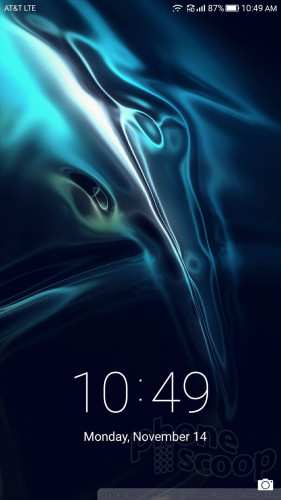
A more extensive set of notification tools are available from the lock screen in the form of a drop-down shade. This is where you will see more details about incoming notifications and can take action, such as replying to messages. The shade itself provides direct access to the phone's main notification tool for refined tweaking.
There is a shortcut to the camera in the lower-right corner, but that's the only shortcut and you can't add another.
The phone's fingerprint sensor is a fine tool for securing the Pro3. The sensor doesn't take long to train, and is quick and accurate. You may use your fingerprint to protect the phone itself, as well as individual apps, and your master list of passwords.
Home Screen
More so than its competitors, LeEco hopes its software offerings will help set the company's phones apart from others. The device runs Android 6 Marshmallow with LeEco's user interface skin (called EUI) on top. There are a few major differences that set EUI apart from the standard Android experience.
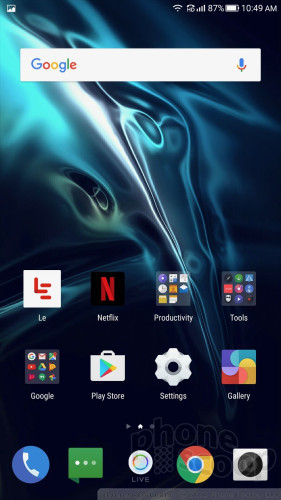
The core home screen panels are mostly intact. That means you can assemble a montage of shortcuts, widgets, and folders across a nearly unlimited set of home screen panels. That's the good news. The bad news? There's no app drawer, which seems to be common among Asian phone makers. If you keep a lot of apps on your phone you'll need to work a bit harder to keep them all organized on the home screens.
The Quick Settings panel is not in its usual place and, in fact, is rather a hassle to find and use. Normally the Quick Settings panel is found by swiping down from the top of the screen. Not on the Pro3; instead, you need to press the physical app switcher button to call up the Quick Settings panel, which fills the bottom of the screen and not the top. I do understand the logic here — controls are easy to reach at the bottom of the screen — but it flouts a longstanding core aspect of the Android interface design. A sliding tool for adjusting screen brightness is closest to the bottom of the screen. Next is a single row of just five radio toggles. This row slides right and left so you can access more toggles, but I only discovered that by accident. Above this row you'll find music controls, and then at the very top of the Quick Settings panel are shortcuts to apps like the calculator, camera, and flashlight. This arrangement takes a lot of getting used to.
There are a handful of pre-installed themes if you want to change up the appearance a bit, and of course you can download more from LeEco.
How does the Pro3 perform? Like a nuclear bat out of hell reaching warp speed trying to escape the clutches of Lucifer himself. The phone relies on Qualcomm's top-of-the-line Snapdragon 821 processor with 4 GB of RAM. It's like tying a 5-liter V8 engine with 500 horsepower to a mouse. The raw power is ridiculous.
Camera
The fastest way to launch the camera is to use the shortcut on the lock screen. There are no hardware shortcuts, (such as a double-press of the volume toggle,) to launch the camera. That kind of stinks. The camera does open quickly.

LeEco's camera app is a mishmash of elements from iOS and Android. The viewfinder fills the middle three-quarters of the screen and is bookended by black strips that each contain controls and settings. On the left you have the front camera switcher, flash toggle (on, off, auto), and the full settings. On the right, you have filters, the shutter button, and your photo gallery.
The camera has four core shooting modes: photo, video, pano, and slo-mo. Like the iPhone, you swipe the viewfinder screen up and down to switch between each of these shooting modes. These modes are a cinch to master. One thing that sucks: you can't take still shots when recording video. Seriously, that's Smartphone Camera 101 these days and LeEco just failed.
When using the standard photo mode, a tap of the settings button calls up a number of helpful tools. The settings menu allows you to take manual control over exposure, white balance, ISO, sharpness, and contrast. More importantly, a secondary strip appears near the shutter button that allows you to choose from several different scenes (landscape, beach, portrait, sports, snow), turn on beauty mode, change the aspect ratio, flip on night mode, or set HDR. I wish this tool strip was accessible all the time.
For basic shooting, the Pro3 is quick and easy. If provides just enough control to please creative types who might want more flexibility while still keeping the interface to a minimum of fussiness. Did I mention that it's crazy fast? It is.
Photos
The Pro3's main camera has a 16-megapixel sensor. I was mostly impressed with the results I captured over the course of a few days. The majority of images were in sharp focus, had accurate exposure, and good color. On rare occasions, the camera had a wee bit of trouble focusing in low-light situations, but the flash typically helped. The pictures were free of grain and generally still looked very good when blown up on a 27-inch monitor.
The selfie camera shoots 8-megapixel images and they look good as long as there's plenty of ambient light. It's a shame there's no selfie flash. Images I took indoors tended to show a bit of grain. The beautification tool does two things: it reduces blemishes and lines in your skin, but it also makes your face narrower. It's not too gross.

The Pro3 shoots video up to 4K. Such high-def video looked great on my 5K monitor, but so did the 1080p full HD stuff I shot. Save yourself some storage space and stick to the 1080p mode. It captures sharp, colorful video that you'll be happy to share on social media sites.
The Pro3 can certainly perform as your everyday imaging device. I would trust it on vacation, too.
LeEco Stuff
It's important to note that LeEco isn't a just a phone company. The company's roots are based in web video and television content. It sells TVs, TV set-top-boxes, bicycles, and other electronics gear. It's main product is video, which is why LeEco installed four (4!!!) video apps on the Pro3. I received a detailed walk-through of each app from a LeEco staffer earlier this month and I'm still wary about the whole thing.
1. LeLive: This app is for live TV that comes from networks. The content availability will vary based on the market. In the U.S., it includes stuff from Travel Channel, HGTV, Food Network, Cosmo, Variety, as well as some movies. You can search for video based on category. This stuff is being streamed "live" pretty much all the time. When you open the app, you're joining programs or movies that are already in progress. An easy-to-use guide shows you what is up next, but also allows you to re-stream shows that were on earlier. Honestly, I thought the selection would be better; it's pretty limited.
2. LeView: This app pulls in unlicensed, free video from around the web with an emphasis on personalized recommendations. LeView is the default left-most home screen panel and is all-but inescapable. It presents video in a vertical strip that you scroll down to find new stuff. Most of the content comes from YouTube. A menu icon at the top allows you to dive into sections such as movies/trailers, music, comedy, education, and other categories. Even then, the app is mostly recommending the newest, latest stuff from YouTube. Honestly, I'd deactivate this and use YouTube instead.
3. Le: This app pulls the same unlicensed content from around the web as LeView, but packages it into a more browsable format. This is the most redundant, ridiculous app I've seen. It takes the interface from the LeLive app but packages up the content from LeView. Rather than push the latest content from YouTube like LeView, it simply makes browsing through various categories more pleasurable. It also manages your viewing history, and highlights content from some of its own providers, which is mostly stuff I've never heard of. This app does let you go through the back catalog of some TV shows, which is cool.
4. Last, LeVidi: This app offers mostly for for-pay, streamed content from providers like Hulu and others, but some free stuff from YouTube is tossed in as well. The UI resembles that of LeView.
Confused yet? I am. Seriously, this is way, way too much.
Worse, some of the content is free, but some of it requires a LeEco pass (monthly subscription). The pass comes for free for the first three months you own the phone, but costs $10 per month thereafter. Netflix — hugely popular in the U.S. — is not included. I was able to test all the video apps on the phone and can honestly say you're probably better off relying on YouTube and your existing subscriptions to Hulu, Netflix, or other video provider. In this case, different isn't better.
Wrap-Up
The LeEco Pro3 is a fine phone, especially for $400. The company put together a simple, but high-quality piece of hardware that keeps pace with rivals in the most important aspects of performance, while the software often left me cringing.
The Pro3's metal-and-glass chassis is top-notch. I like the display a lot, even if it isn't quad HD, and found the device to be an excellent tool for making calls and browsing the web. Battery life is spectacular, but it's a bummer the phone doesn't support expandable memory. Other highlights include great stereo sound and a fast/accurate fingerprint sensor.
LeEco's user interface skin is another story. I'm glad the phone runs Android 6 and yet LeEco marred usability with an overwrought series of changes to the core UI, such as the changed Quick Settings panel and absent app drawer. The camera app is decent, but lacks a couple of key tools. Thank goodness the phone takes good pictures. The LeEco-branded video apps are a bit of a disaster, which is curious given the company's thrust on providing video.
There are many high-quality phones playing in the $400 space. There are solid options from Alcatel, Asus, Huawei, OnePlus, and ZTE. The Pro3 from LeEco competes well with all of them in terms of hardware and yet it trails a bit with the software.
For the moment, I'd only recommend the LeEco Pro3 to people who plan to invest in LeEco's wider ecosystem of products, such as TVs, STBs, and more due to the benefits of the LeEco Pass / account. If you're looking for a more well-rounded $400 phone, the OnePlus 3 or ZTE Axon 7 might be a better choice.
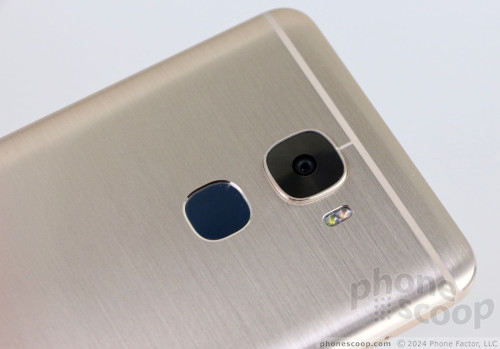
Comments
LeEco LePro3
I have been on countless websites and none state that this phone is compatible with Band 12 and Band 17. Just 2 and 4.
https://www.phonescoop.com/phones/phone.php?p=5320 »
HD Calling?
I didn't think non AT&T branded phones would work with AT&T features such as their HD calling?


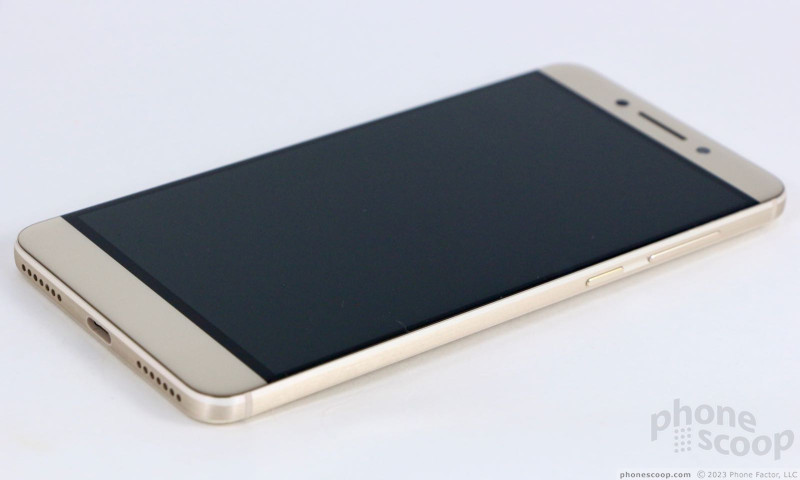
















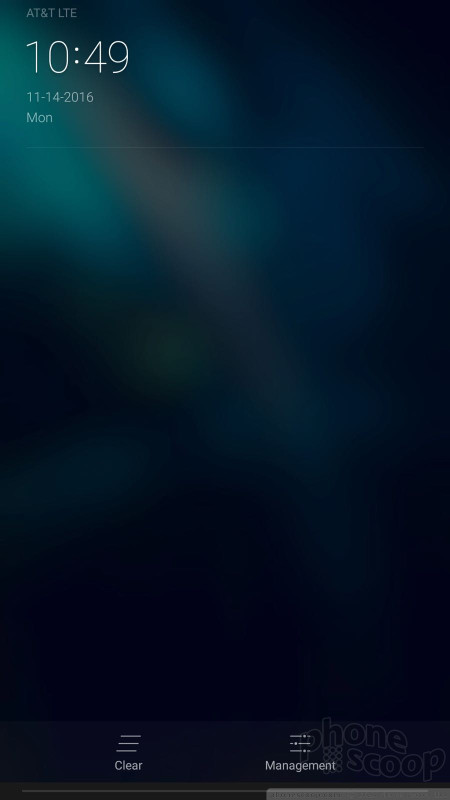





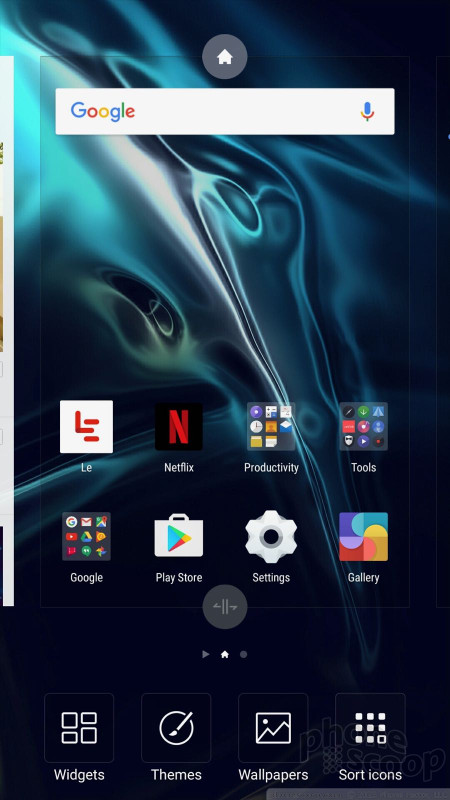








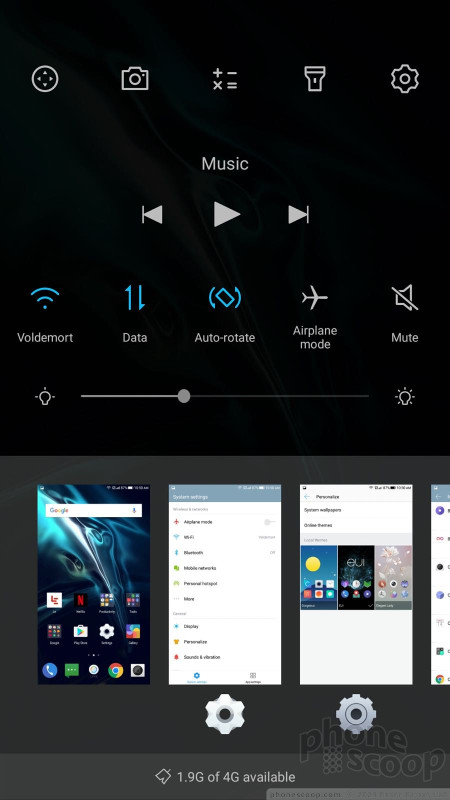




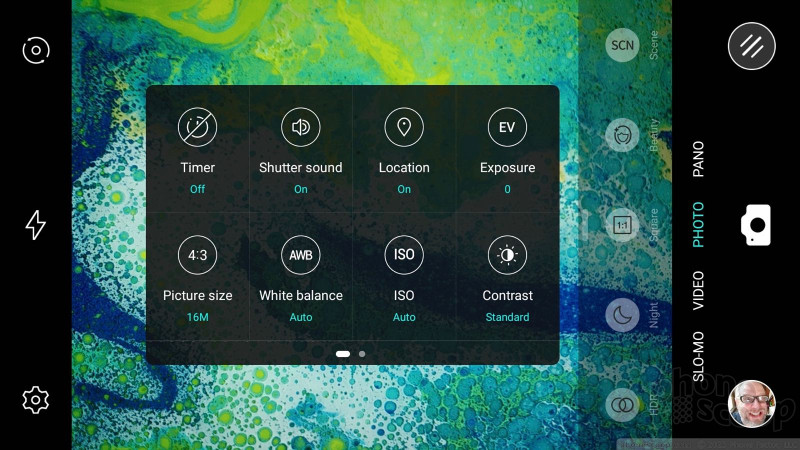






















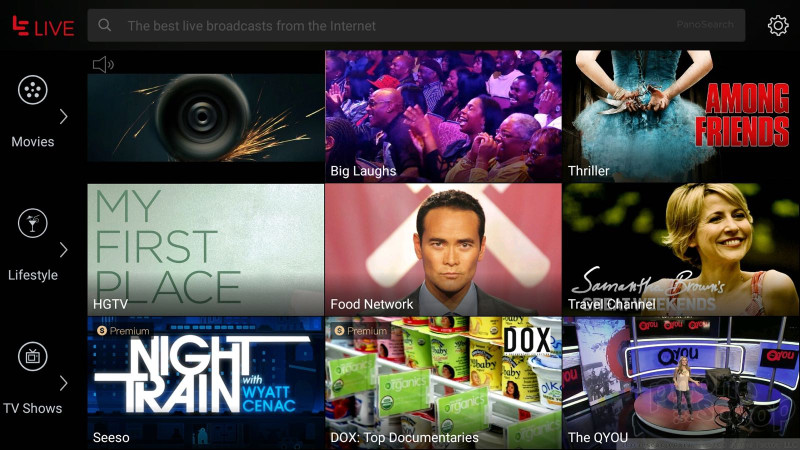





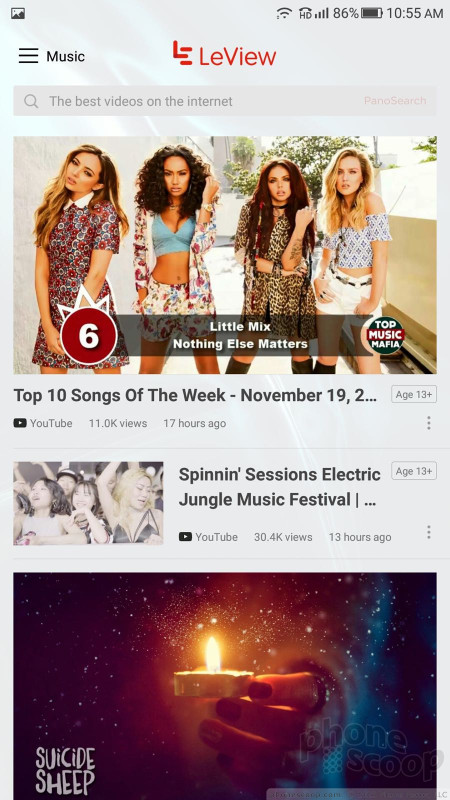





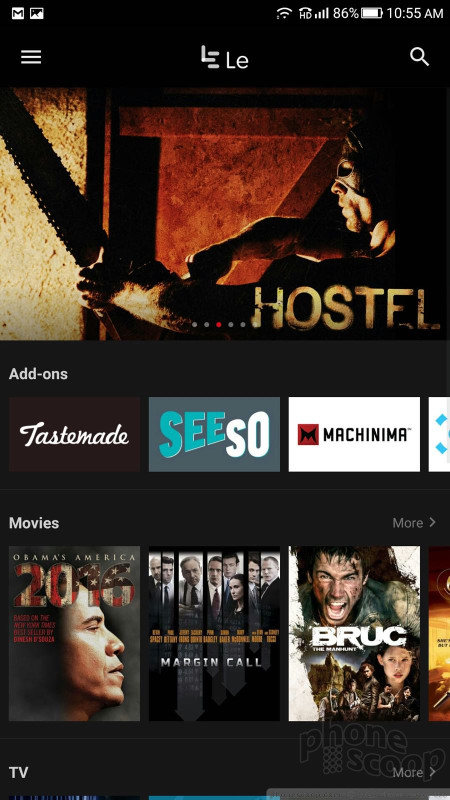








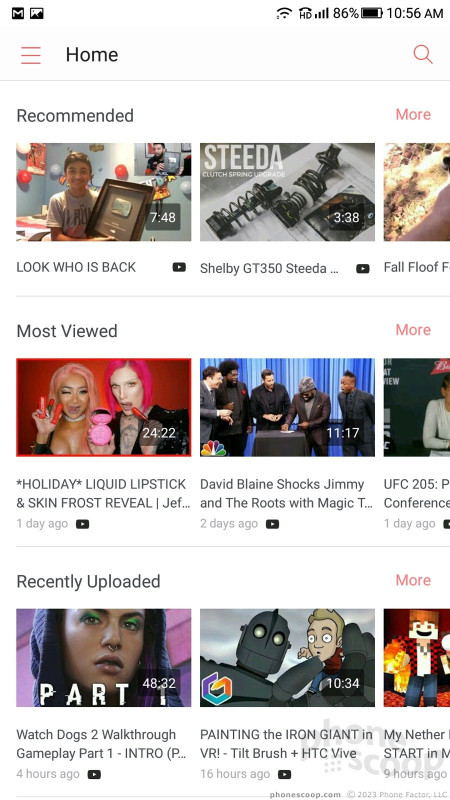






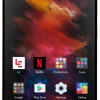 LeEco EUI Update Adds App Drawer to Le Pro3 and Le S3
LeEco EUI Update Adds App Drawer to Le Pro3 and Le S3
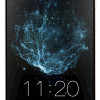 LeEco Selling the Pro3 and S3 Through Target
LeEco Selling the Pro3 and S3 Through Target
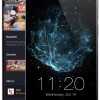 LeEco Details the LePro3 with Snapdragon 821
LeEco Details the LePro3 with Snapdragon 821
 LeEco Le Pro3
LeEco Le Pro3










